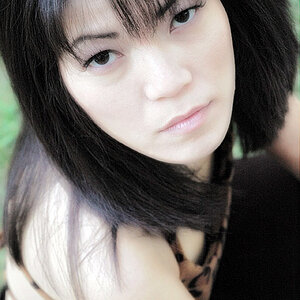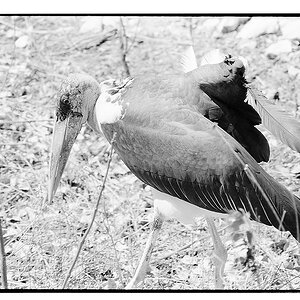slat
Been spending a lot of time on here!
- Joined
- Oct 1, 2016
- Messages
- 3,452
- Reaction score
- 1,043
- Location
- Missouri
- Can others edit my Photos
- Photos OK to edit
Does the size of the filter thread size make a difference on the same type of lens?
Example would a 50mm lens with 52mm thread size be different than one with 58mm?
Example would a 50mm lens with 52mm thread size be different than one with 58mm?






![[No title]](/data/xfmg/thumbnail/32/32719-7d42e7d7077540fabb3fa0275a99899a.jpg?1619735625)

![[No title]](/data/xfmg/thumbnail/42/42274-5bec1b32caba5fed4a680bc5be4d0202.jpg?1619740083)
![[No title]](/data/xfmg/thumbnail/32/32716-bd7f0a0030263f160d995f8547043458.jpg?1619735621)




